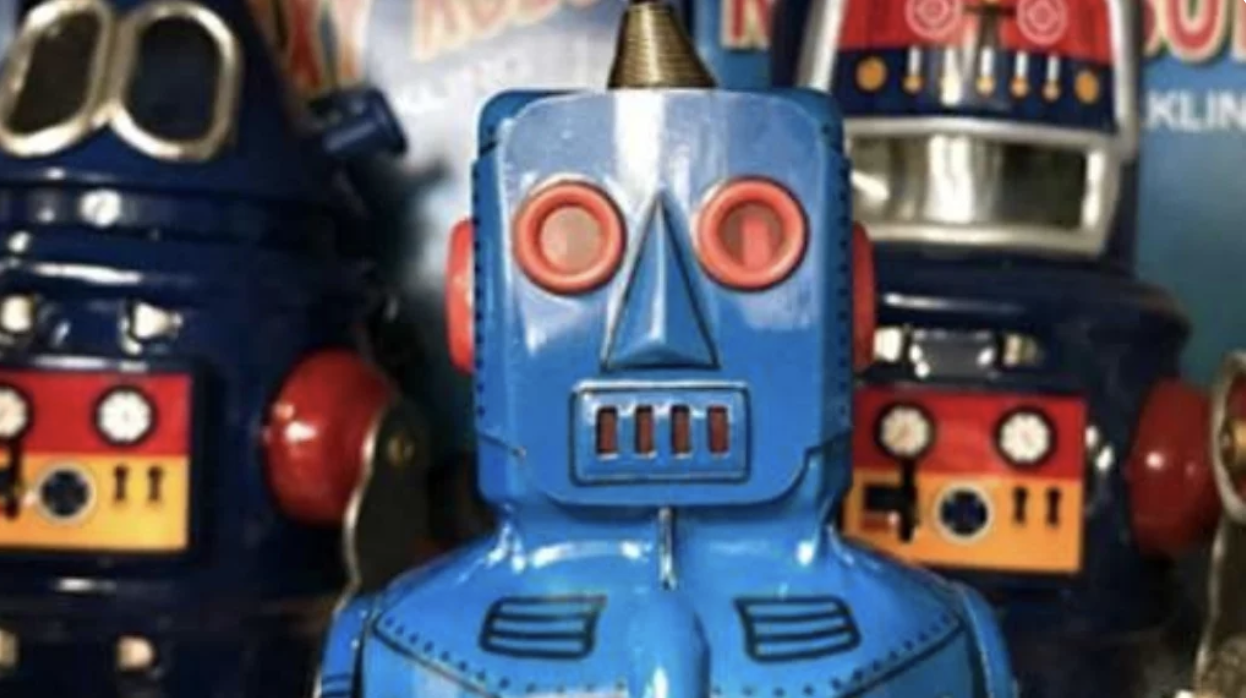
Alfred Selasi Govina
Using an AI in recruiting applicants into companies and organisations has been an innovative way in the business environment in recent years. The anticipated outcome for this application is to ensure a much easier way of recruiting applicants using an AI. With the help of an AI, HR managers will recruit people with the right capability for the job. The system will respond to applicant requests and provide the recruitment procedures from the start to the finishing stage where the applicant could be hired or not. The incremental model will be implemented in this project. The system uses text mining, natural language processing, and classification algorithms to extract relevant information about applicants with reference to the job description. This information is matched with parameters set in the system such as relevant critical skills, and competencies. This recruitment model will be a process where candidates do not have direct interaction with the employers; however, the system makes all decisions regarding the selection. In this application, the recruitment system will solely select applicants by accepting applications online and conducting tests and interviews based on what the HR expert has set in the system until the candidates are hired.

Alfred Selasi Govina
HOW AI CAN PLAY A ROLE IN RECRUITMENT?
Al can be used to improve recruitment in the following:
- Initial screening of profiles
- Planning interview with the assistance of Chatbot
- Creates tests for the applicants in form of aptitude tests etc.
- Examines the outcome assuming the applicant would fit into the given job.
- It enhances decision quality.
- It reduces the cost of consulting experts for problem solving.
- It provides quick and efficient solutions to problems in narrow area of specialization.
- It offers high reliability of expert suggestions or decisions.
- It gathers scarce expertise and uses it efficiently.
When to Develop an AI?
- The problem cannot be specified in terms of a well-defined algorithm.
- The problem requires consistency and standardization.
- The domain or problem area is narrow or limited.
- When the task is hazardous.
- The problem involves complex logic or a large number of rules.
- Human experts have successfully solved similar problems.
Limitations of AI
- Not widely used or tested
- Limited to relatively narrow problems
- Cannot readily deal with "mixed" knowledge
- Possibility of error
- Cannot refine own knowledge base
- Difficult to maintain
- May have high development costs
- Raise legal and ethical concerns
Conclusion
An algorithm can replace a recruiter when it comes to sourcing & assessing job candidates, but it can't when engaging them in interviewing and relationship-building. The study and implementation of AI will help expand and broaden the scope of AI and its limitation in computing. AI will help reduce human error and make the world a much better place, therefore, it cannot replace human resource managers, but it helps significantly make recruitment much better
Reference
https://data-flair.training/blogs/pythonchatbot-project/.
https://content.wisestep.com/ai-recruitment/
Agarwal and S. Goel, "Expert system and its requirement engineering process," International Conference on Recent Advances and Innovations in Engineering (ICRAIE-2014), 2014, pp. 1-4, DOI: 10.1109/ICRAIE.2014.6909306.
https://www.entrepreneur.com/article/303704
https://jobflare.com/blog/issues-with-artificial-intelligence-in-recruiting/
Slide 1 image (max 2mb)
Slide 1 video (YouTube/Vimeo embed code)
Image 1 Caption
Slide 2 image (max 2mb)
Slide 2 video (YouTube/Vimeo embed code)
Image 2 Caption
Slide 3 image (max 2mb)
Slide 3 video (YouTube/Vimeo embed code)
Image 3 Caption
Slide 4 image (max 2mb)
Slide 4 video (YouTube/Vimeo embed code)
Image 4 Caption
Slide 5 image (max 2mb)
Slide 5 video (YouTube/Vimeo embed code)
Image 5 Caption
Slide 6 image (max 2mb)
Slide 6 video (YouTube/Vimeo embed code)
Image 6 Caption
Slide 7 image (max 2mb)
Slide 7 video (YouTube/Vimeo embed code)
Image 7 Caption
Slide 8 image (max 2mb)
Slide 8 video (YouTube/Vimeo embed code)
Image 8 Caption
Slide 9 image (max 2mb)
Slide 9 video (YouTube/Vimeo embed code)
Image 9 Caption
Slide 10 image (max 2mb)
Slide 20 video (YouTube/Vimeo embed code)
Image 10 Caption
Caption font
Text
Image (max size: 2mb)
Or drag a symbol into the upload area
















Image description/alt-tag
Image caption
Image link
Rollover Image (max size: 2mb)
Or drag a symbol into the upload area
















Border colour
Rotate
Skew (x-axis)
Skew (y-axis)
Image (max size: 2mb)
Or drag a symbol into the upload area
















Image description/alt-tag
Image caption
Image link
Rollover Image (max size: 2mb)
Or drag a symbol into the upload area
















Border colour
Rotate
Skew (x-axis)
Skew (y-axis)
Image (max size: 2mb)
Or drag a symbol into the upload area
















Image description/alt-tag
Image caption
Image link
Rollover Image (max size: 2mb)
Or drag a symbol into the upload area
















Border colour
Rotate
Skew (x-axis)
Skew (y-axis)
Image (max size: 2mb)
Or drag a symbol into the upload area
















Image description/alt-tag
Image caption
Image link
Rollover Image (max size: 2mb)
Or drag a symbol into the upload area
















Border colour
Rotate
Skew (x-axis)
Skew (y-axis)
Image (max size: 2mb)
Or drag a symbol into the upload area
















Image description/alt-tag
Image caption
Image link
Rollover Image (max size: 2mb)
Or drag a symbol into the upload area
















Border colour
Rotate
Skew (x-axis)
Skew (y-axis)
Image (max size: 2mb)
Or drag a symbol into the upload area
















Image description/alt-tag
Image caption
Image link
Rollover Image (max size: 2mb)
Or drag a symbol into the upload area
















Border colour
Rotate
Skew (x-axis)
Skew (y-axis)
Image (max size: 2mb)
Or drag a symbol into the upload area
















Image description/alt-tag
Image caption
Image link
Rollover Image (max size: 2mb)
Or drag a symbol into the upload area
















Border colour
Rotate
Skew (x-axis)
Skew (y-axis)
Image (max size: 2mb)
Or drag a symbol into the upload area
















Image description/alt-tag
Image caption
Image link
Rollover Image (max size: 2mb)
Or drag a symbol into the upload area
















Border colour
Rotate
Skew (x-axis)
Skew (y-axis)